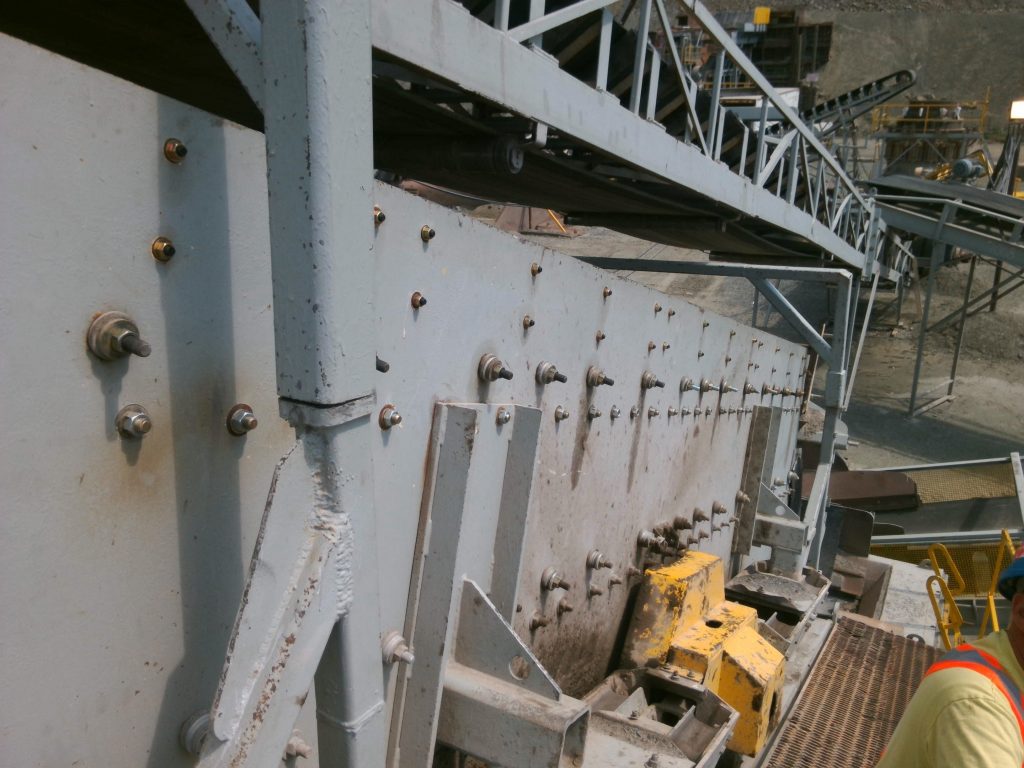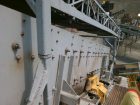
Products & Equipment
Pits & Quarries
Avoiding vibrating screen damage
Avoid vibrating screen damage by choosing OEM parts
January 25, 2017 By Duncan High/Haver & Boecker
 Photos: Haver & Boecker Canada.
Photos: Haver & Boecker Canada.January 25, 2017 – The best way to ensure reliability for vibrating screens is to always choose original equipment manufacturer (OEM) parts. While fabrication shops often produce quality components, they can’t guarantee parts built to OEM standards.
A vibrating screen works as a total system, so minor differences in size, weight and material can lead to a chain reaction of damage, ultimately resulting in lost profit.
Here are the four most important vibrating screen parts to buy from the OEM:
Shaft components: Shaft components form the heart of a vibrating screen and are machined from specific material to 1/1,000 inch, so any flaws can damage an entire machine. For example, if a fabrication shop doesn’t design the shaft shoulders within OEM tolerances, the small difference in size can cause the shaft assembly stack to be too tight or too loose. This can lead to excessive heat and wear and even potential failure of the shaft and body components.
Mounting components: The mounting components are designed to deflect at a certain spring rate, depending on the weight of the vibrating screen. Replacing a damaged part with a fabricated version that may not be the correct material or design could cause the spring rate to be thrown off. This could mean the mounting assembly can’t take as much load and may be too soft and break again, or it could be too stiff, which may cause side panels to break.
Deck frames: All material is classified using screen media, which is supported by the deck frames. That makes the deck frame quality extremely important. If a fabrication shop doesn’t manufacture the deck frame according to the machine’s specifications, the media will not tension correctly, leading to broken screen media, contaminated product and other potential damage.
Side plates: Properly fitted side plates are vital to the structure and functionality of a vibrating screen. If one side plate is replaced, and the fabricated version doesn’t exactly match the opposite, it can unleash a series of positioning issues down the line. Even the smallest inconsistency can trigger problems with the shaft assembly and cause the machine to rack.
While the money saved on buying aftermarket parts may seem big initially, the end result could cause additional downtime and costs. Before buying, consider the potential hazards of using a fabricated part and look at the value of having the support of the original equipment manufacturer.
Duncan High is the division manager of processing equipment technology at Haver & Boecker Canada. His 26 years of experience with the company, which was formerly called W.S. Tyler, helps him lead a team focused on providing customers processing equipment solutions to help them get the highest possible production rates and reliability.
About Haver & Boecker Canada
Haver & Boecker Canada, formerly W.S. Tyler, is a leading provider in processing, handling, mixing, packing, filling, palletizing and loading systems. The company’s mission is to deliver the best of these technologies to the marketplace. With deep roots and years of experience in these industries, the company effectively meets the needs of customers around the world. For more information, visit www.havercanada.com.
Print this page
